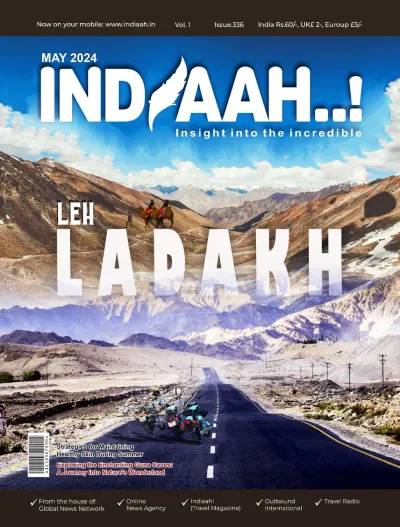
As Odisha strengthens its position on India’s tourism map, Tourism Secretary Balwant Singh has emerged as a quiet but determined force, reshaping policy with a focus on sustainable infrastructure, private investment, and safety.In a decisive shift from status quo, Singh has directed that eco-sensitive zones (ESZs) — which traditionally restricted tourism growth around protected areas like Similipal and Satkosia — now be re-evaluated through the lens of tourism development. “The Department of Tourism must be involved in all ESZ discussions, and master plans must align conservation with hospitality development,” Singh advised at a June 2025 strategy meeting.This marks a pivotal moment where environmental responsibility and tourism growth are no longer at odds—but partners in progress.At the 6th Odisha Tourism Conclave, the state further outlined its roadmap for accelerating tourism infrastructure. Representing the Secretary’s vision, Director Mansi Nimbhal announced the formation of a dedicated facilitation cell aimed at simplifying clearances for hospitality projects. The revised policy, expected later this year, identifies 15 priority destinations, offering pre-allocated land banks and faster approvals to woo serious investors.The message is clear: Odisha is open for business—and it’s not just talking policy, but operationalising it.What sets Singh’s leadership apart is not just regulatory agility, but also an unwavering commitment to tourist safety, particularly in adventure and water-based tourism. New protocols now mandate NIWS certification for operators, strict feasibility checks, and alignment with international safety standards. “Safety isn’t a choice—it’s foundational,” Singh’s team emphasized while unveiling the updated guidelines. From the coastlines of Gopalpur to the forests of Satkosia, Odisha is steadily building a tourism ecosystem that’s investor-ready, community-rooted, and future-focused.Singh’s nuanced leadership combines bureaucratic precision with bold reforms. In doing so, he positions Odisha not just as a cultural jewel of the East, but as a national benchmark for balanced tourism development—where heritage meets hospitality, and policy meets purpose.

